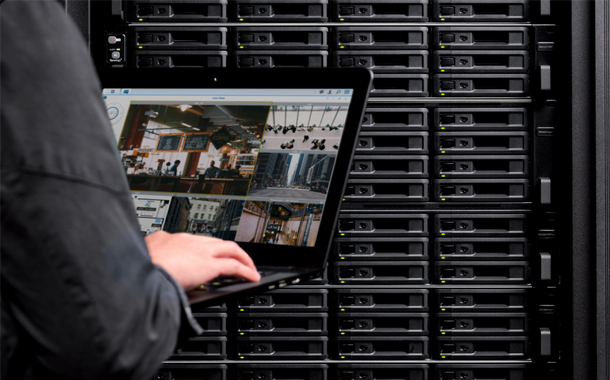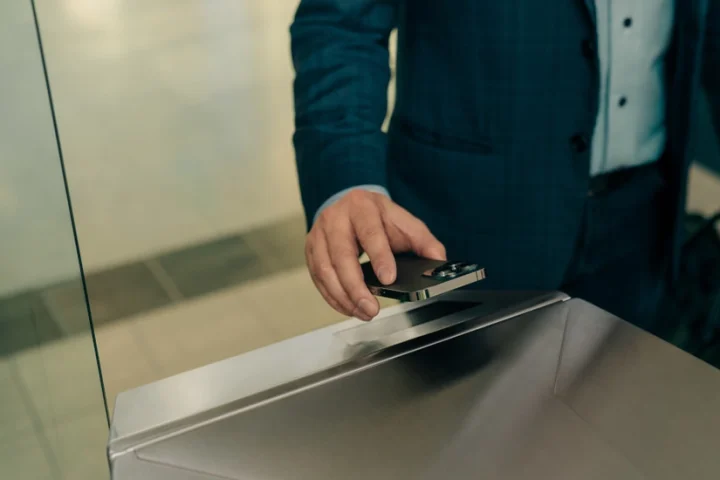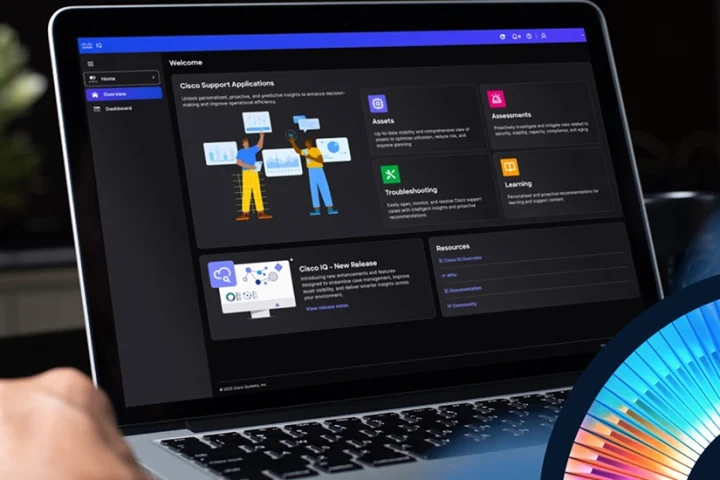A robust surveillance system has undoubtedly and always been an essential component to safeguard businesses’ securities and assets. According to ![]() Markets and Markets
Markets and Markets![]() ’ research on the commercial security system market, the projected market size will reach 342.6 billion by 2026, a significant 50% growth from 2021. Matter of fact, the projection is mainly attributed to the rising organized crime activities, growing needs and adoption of IP cameras, accelerating the implementation of on-premise safety protocol, and the known adaptation of cloud digital transformation due to the COVID-19 impact.
’ research on the commercial security system market, the projected market size will reach 342.6 billion by 2026, a significant 50% growth from 2021. Matter of fact, the projection is mainly attributed to the rising organized crime activities, growing needs and adoption of IP cameras, accelerating the implementation of on-premise safety protocol, and the known adaptation of cloud digital transformation due to the COVID-19 impact.
Nevertheless, any business is prone to theft should it not be properly protected, and the fact that there’s a possibility of a business being vandalized or sabotaged should motivate businesses to implement a sophisticated business surveillance system into their IT infrastructure. In fact, let’s first look at some of the common challenges an organization may face when choosing a surveillance solution.
Three Modern Challenges When Selecting Surveillance Solutions
1.Limited flexibility on camera and device selection
Though it is not to say that every NVR vendor only supports its own branded cameras and devices, in practice, quite a number of NVR vendors only support a limited number of cameras and devices due to business reasons, so it’s quite often for businesses to ultimately settled and compromised on cameras that were not of their preferences. Moreover, if to examine from the other angle, it is complicated and costs quite a lot to replace the existing setup if they were to choose a surveillance solution that supports their preferred devices.
2.Insufficient Storage Capacity and Scalability
Traditional NVR vendors offer limited storage capacity and low flexibility to scale when needed. As the world becomes more digitally transformed, technology innovations also propel swiftly. Things like resolutions and qualities of the videos or numbers of the backup configured are putting these traditional NVR vendors into tests when it comes to keeping up with the growth of customers’ data usage. On top of it, as mentioned in the beginning, the growing needs and adoption of IP cameras, and the accelerating implementation of on-premise safety protocol such as compliance of keeping the longer duration of video footages all propel businesses to rethink surveillance strategies and the required storage space. In other words, it has become inevitable for NVR vendors to provide greater scalability when it comes to surveillance storage.
3.More Than Expected Overall Cost of Ownership
Users often overlook expenses beyond hardware costs. In reality, a robust surveillance solution may be connected from multi-sites, consisting of several third-party components, and requiring maintenances and supports from different vendors. What comes along are the likes of multi-site VMS software subscription fees, third-party hardware integration expenses, or the hurdle of contacting multiple vendors to perform maintenance on different components of the surveillance system.
Once we have explored these modern challenges, it has become more coherent just what type of modern surveillance solution a business should consider, in which, device and camera integrability, storage scalability, and overall cost of ownership should be the top three priorities. Here are the things to look out for when selecting surveillance systems.
1.Beware of camera vendor lock-in traps
As mentioned, a handful of vendors still stringently regulate the device and camera compatibilities, giving these businesses limited options when selecting surveillance system components. To remedy such a challenge, a modern surveillance solution should alleviate such a hurdle by supporting multiple camera types including fisheye, PTZ, or multi-lenses, and the likes of ONVIF protocol. On top of it, I/O modules like door controllers, IP speakers, POS systems, intercoms, and IP speakers should also be integrated into the solution ecosystem, giving businesses plentiful options that match specific security needs.

2.Take storage scalability into account
Next, to address the storage needs for the growing surveillance storage and archiving demands, solution storage should be able to be expanded or paired with expansion units, bumping up the storage capacity and allowing businesses to keep longer and larger size video recordings with higher frame rates and longer duration. Such flexible scalability combined with advanced management features drastically helps maximize storage efficiency.
3.Consider the licensing model
As mentioned in the beginning, many additional costs can be derived from advanced features and functionalities for a variety of VMS software. In reality, there are solutions out there that only require one-time hardware cost, and all built-in advanced features are made available to users, which drastically decreases the total cost of ownership in the long run.
4.Think large-scale management over
And speaking of advanced management features, a modern surveillance system should embody the likes of CMS feature that enables businesses to manage multiple recording servers across different locations, dedicated N+M failover mechanism that offers flexible failover options, or deep video analytics features that provide security like object and human recognition, or no idle zone for the premise.
The importance of Surveillance and security solution is often being overlooked by businesses. Businesses who would like to keep up with the modern surveillance demand but don’t have the luxury to go through waves of trial and error with multiple vendors and solutions should definitely consider ones like ![]()
![]() Synology’s Surveillance Station
Synology’s Surveillance Station![]()
![]() that provides centralized control and management features, storage flexibility and device integrability, and most importantly, is generous of the features that are all made available and free to ensure the learning curve and cost of ownership can be kept to a minimum.
that provides centralized control and management features, storage flexibility and device integrability, and most importantly, is generous of the features that are all made available and free to ensure the learning curve and cost of ownership can be kept to a minimum.




















